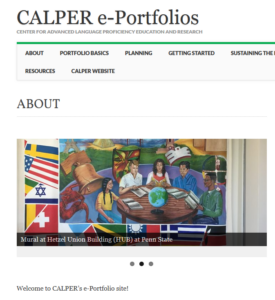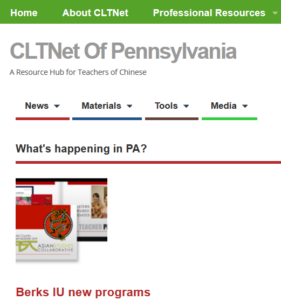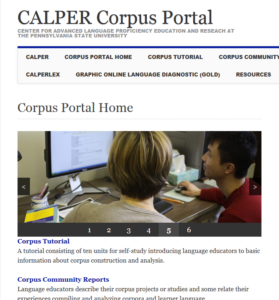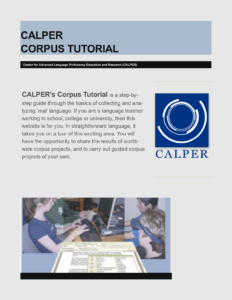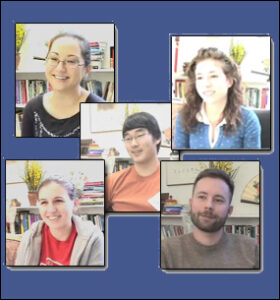A Casebook of Dynamic Assessment in Foreign Language Education
The Casebook provides detailed accounts of the experiences of two L2 classroom teachers with DA. The first case occurs in a primary school L2 Spanish class. Here, the teacher’s interest is to find a more systematic approach to providing feedback to learners as she interacts with them during daily classroom activities. As this case reveals, the teacher’s experience using DA also had unanticipated consequences for her thinking about the kinds of activities she wanted to engage learners in and the opportunities for language use that are valuable to her students. The second case involves an advanced university-level L2 Japanese writing course. The teacher turned to DA in order to make her use of a process approach to writing (including multiple drafts, writing conferences, and peer feedback sessions) more beneficial to her students. The result is a three-tiered approach to DA that includes individualized teacher-learner sessions, peer group work, and whole class DA interactions. For both cases, specific DA interactions are brought into focus and discussed. The interactions themselves are transcribed and included as part of the text.
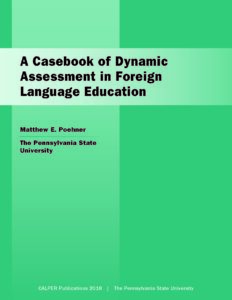
Advancing in Russian Through Narration
Pavlenko, A., & Driagina, V. (2008). Advancing in Russian through narration. University Park, PA: CALPER Publications.
The focus of Advancing in Russian through Narration is on two important components of advanced foreign language proficiency, narrative and conceptual proficiency.
Narrative proficiency refers here to the ability to tell narratives that are similar to those of native speakers of Russian. Conceptual proficiency refers to the ability of making the same conceptual distinctions as native speakers of Russian do.
Our discussion singles out five areas of Russian language knowledge central to acquisition of narrative and conceptual proficiency. Two of these areas, namely the use of tense and aspect and the use of verbs of motion, are well-known in the field of Russian instruction as areas of particular difficulty for English-speaking students.The other three areas, namely narrative structure, emotion vocabulary, and identity vocabulary, have not been much discussed in the literature on teaching Russian, to the best of our knowledge. Thus, the first contribution of this book to the literature on teaching advanced Russian is in drawing attention to areas of difficulty ignored previously. The second contribution is in drawing attention to narrative and conceptual proficiency as important components of advanced level proficiency.
Chapters:
Narratives in the Russian Classroom
Emotion Vocabulary
Verbs of Motion
Tense and Aspect in Narratives
Identity Terms in Narratives
Appendix: The Research Study
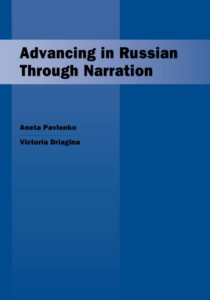
Assessing Language Development
Assessing Language Development is a website intended to familiarize language teachers with various approaches to assessing language development.
The forms of assessment described on our site are not particular to any given language but can be used with learners of any language, including Chinese, Russian, Japanese, Arabic, and Korean as well as more commonly taught languages like Spanish, French, and German and English as a Second Language.
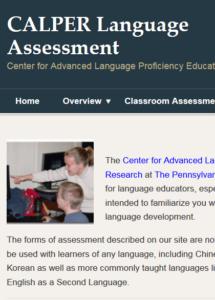
CALPER ePortfolios Resource site
A resource site on how to get started with using ePortfolios in language courses and programs. Still under development.
Chinese Corpus Resource Guide
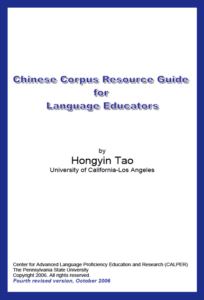
Publication Units:
Chinese Corpus Resource Guide_CALPER_2006
Publication Files:
CLTNet of PA Resource Hub
This website is intended as a resource hub. Teachers will find i) information relevant to CLT in Pennsylvania, such as news from communities and institutions; ii) references to quality teaching materials; iii) sources for media in Chinese; iv) selected tools for teaching and learning, and more.
Subscribe to a feed and get notifications about new posts directly to your inbox.
Visit the site and join the network of teachers of Chinese in Pennsylvania.
Contemporary Study Abroad and Foreign Language Learning
This CALPER Publication is now available as a free downloadable PDF. Please note that the materials are copyrighted.
Kinginger, C. (2009). Contemporary study abroad and foreign language learning. University Park, PA: CALPER Publications.
This Guidebook explains why language educators and study abroad professionals should develop an activist stance in promoting language learning in study abroad programs, and provides tools to help promote meaningful sojourns abroad for their language students. These tools include knowledge about what aspects of language are best learned in host communities and about how successful students take advantage of study abroad to enhance their language ability. They also include stories about the kinds of conflicts students may encounter in interaction with their hosts, with guidance about how to turn these conflicts into opportunities for learning. Finally, this Guidebook offers specific suggestions for ways to prepare students for their stay abroad, to enhance their chances at success while abroad, and to nurture the abilities they have developed outside the classroom. Tasks and discussion topics are suggested throughout the Guidebook.
Chapter 1: Language learning in study abroad: An activist stance
Chapter 2: What students can learn in study abroad
Chapter 3: How students learn languages abroad
Chapter 4: ‘Rich points’: Stories about intercultural miscommunication
Chapter 5: Pitfalls for language learners abroad
Chapter 6: Extending engagement in language learning after study abroad
Further readings
Appendices
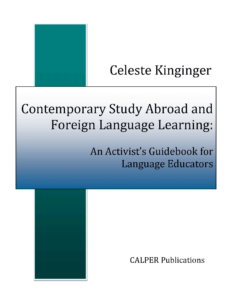
Publication Units:
Publication Files:
Corpus Portal
CALPER’s Corpus portal is a gateway to information and tools for teachers interested in exploring ways in which natural language (compiled into a corpus) can be used in language teaching and learning and assessment. It can also provide quick and easy access to all corpus-related materials developed by CALPER.
Corpus Tutorial
The tutorial consists of ten units of self-study devoted to corpus construction, basic corpus-analytical techniques and applications. Designed for language educators. It guides you step-by-step through the basics of collecting and analyzing ‘real’ language. If you are a language teacher working in school, college or university, then this website is for you. In straightforward language, it takes you on a tour of this exciting area. You will have the opportunity to share the results of worldwide corpus projects, and to carry out guided corpus projects of your own. In order to use this tutorial, you will need to have access to the Internet, a computer that uses Microsoft Word (details of versions that will support wordsmith), and basic computer skills.
Dynamic Assessment in the Foreign Language Classroom: A Teacher’s Guide
Lantolf, J. P., & Poehner, M. E. (2011). Dynamic assessment in the foreign language classroom: A teacher’s guide. (2nd edition). University Park, PA: CALPER Publications.
Chapters Include:
- Foundations of Dynamic Assessment — introduces the general theory of human development, which originates in the writings of the Russian psychologist, L.S. Vygotsky.
- The Zone of Proximal Development — addresses this specific theoretical concept that is most immediately connected to DA
- Dynamic Assessment — presents the different approaches to DA that researchers and educators have developed since the concept was first introduced to North American audiences by Vygotsky’s colleague, A. R. Luria in 1961
- Dynamic Assessment and Second Language Learning — focuses on DA as it pertains specifically to foreign and second language education.
Review:
“Dynamic Assessment in the Foreign Language Classroom: A Teacher’s Guide (2nd edition) is a welcomed addition to a teacher’s professional library and can be used as a textbook for a course on foreign and second language assessment or as a complementary textbook in a course on language teaching methodology. The second edition of the teacher’s guide provides an accessible overview of the theory and practice of dynamic assessment. Lantolf and Poehner explain concepts from sociocultural theory that support the use of dynamic assessment, explore the zone of proximal development as the essential concept necessary for understanding and implementing dynamic assessment, and illustrate several approaches to dynamic assessment that meet diverse pedagogical needs. Enrichments activities in each chapter bring theory to life by involving the reader in the practice of specific theoretical concepts and analysis of the experience. Acknowledging that dynamic assessment may be difficult to conceptualize, the authors show how dynamic assessment differs from assessment practices where assessment and instruction are typically understood as distinct activities. Text-based and video case studies provide concrete examples of teachers engaged in successful and unsuccessful dynamic assessment sessions in various instructional contexts, such as tutorial sessions with university students of French and English as a second language, an elementary school science class for English language learners, and an elementary school Spanish class. Case studies provide examples of teachers tutoring individual students, interacting with small groups, and instructing whole classes for various instructional objectives, such as editing writing, developing listening comprehension ability, and spoken narration of past events. The case studies are thoroughly explained and analyzed and are followed by questions that are certain to prompt insightful discussions. Each chapter also contains enrichment activities and suggestions for further reading. I recommend this text highly to all language teachers at any level of instruction, to researchers specializing in language assessment, and to language program coordinators and administrators who deal with issues of testing and assessment, accountability, and teacher professional development.”
Richard Donato, Ph.D.
Department of Instruction and Learning
University of Pittsburgh
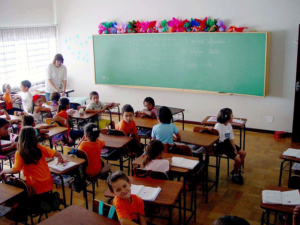
Integrating Explicit Knowledge into the Second Language Classroom through Concept-based Language Instruction
Integrating Explicit Knowledge into the Second Language Classroom through Concept-based Language Instruction is a series of slides that introduce interested teachers to some background to “Concept-based Language Instruction”. They are only thought of as a preliminary overview. CALPER is currently developing a full website for Content-based Language Instruction. The slides have been prepared by the project coordinator James P. Lantolf.
Revisit the project page for updates.

Model Program for Heritage Spanish Study Abroad
The aim of this project was to support the impact of short-term study abroad for heritage speakers of Spanish by developing an enhancement program. The resulting model program, written in Spanish, is published here as “Curso de preparación para estudiantes de herencia de español en programas de estudios en el extranjero”.
There are five modules to the program (+ handout to module 2 and 5), a bibliography of relevant references, a guide for students and a guide for instructors or administrators.
Please respect the Creative Commons Licence and cite as:
Jimenez Jimenez, A. (2022). Curso de preparación para estudiantes de herencia de español en programas de estudios en el extranjero. University Park, PA: CALPER Publications.
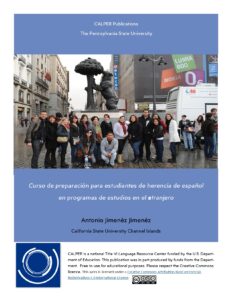
Publication Units:
Module 1: Introduction
Module 2: Heritage Spanish Students – Background
Module 3: Studying Abroad
Module 4: Heritage and Identity
Module 5: Language Development
Bibliography
Publication Files:
Spanish Heritage Speakers in Study Abroad Programs
This Guide can be used by students preparing for study abroad and administrators of study abroad programs. It has three parts.
Part 1: Understanding Heritage Speakers provides a general overview of Spanish Heritage Speakers (SHSs) in the U.S. context.; analyzes some statistical data on the Hispanic and Latino population; discusses some factors that influence the proficiency level of SHSs. It concludes with some of the obstacles that may cause heritage learners to opt out of study abroad programs.
Part 2: Fostering Language Development discusses some linguistic characteristics that are typically exhibited by SHSs; analyzes some barriers that SHSs often encounter in study abroad programs when trying to develop their language skills in Spanish; presents pedagogical considerations and strategies.
Part 3: Fostering Cultural Adjustment provides information and ideas on how to enrich the cultural experience of heritage speakers in study abroad programs. This includes managing perceptions and expectations from the point of view of both heritage speakers and the host community (including host families, instructors, staff, etc.). Three opportunities to enhance heritage speakers´ cultural experience while abroad are discussed: service learning, voluntary work, and internships.
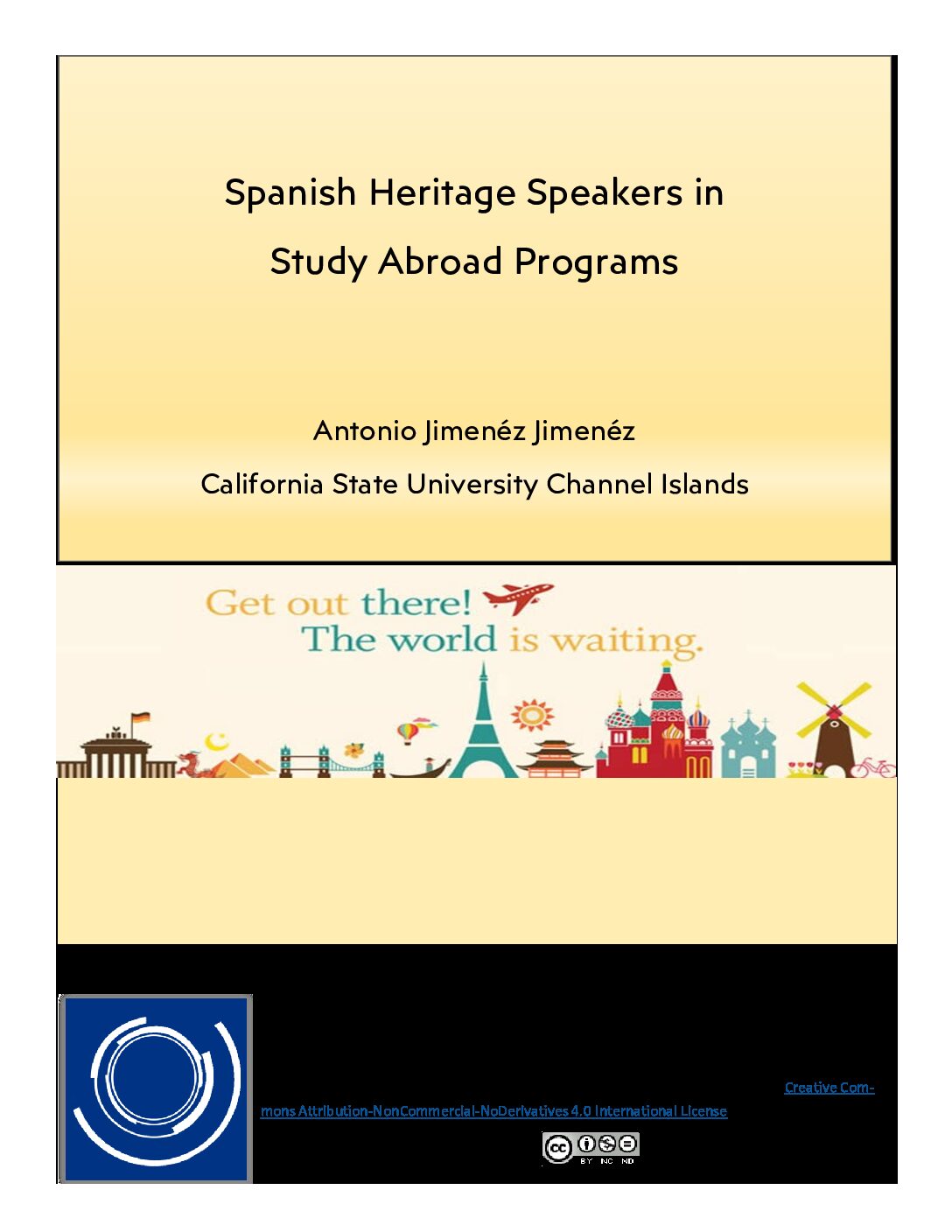
Publication Units:
Part 1: Understanding Heritage Speakers
Part 2: Fostering Language Development
Part 3: Fostering Cultural Adjustment
Teaching Heritage and Domestic Language Learners
This publication is no longer available as a CD. Please take a look at our updated websites on:
1. Understanding Heritage and Domestic Language Learners by K. E. Johnson and J. Kelly Hall
2. Understanding Teachers of Heritage and Domestic Language Learners by K. E. Johnson and J. Kelly Hall
Teaching Heritage and Domestic Language Learners combines case-based learning with multimedia technology. It is organized around five conceptual strands:
– Teacher’s Voice
– Students’ Voices
– Instructional Challenges
– Instructional Strategies
– Explorations
The resource provides a window into actual language classrooms, showcasing the complexities of addressing the needs of both heritage and domestic learners in the same language course.
The development of this resource was motivated by addressing two significant needs unique to teachers who teach both heritage and domestic language learners in college/university less-commonly-taught language (LCTL) classrooms:
– to understand the pedagogical challenges for a teacher in such learning environments
– to use this understanding to create effectual learning communities in those classrooms.

Understanding Heritage and Domestic Language Learners
Johnson, K. E., & Hall, J. K. (2010). Understanding heritage and domestic language learners. University Park, PA. CALPER Publications.
Understanding Heritage and Domestic Language Learners combines case-based learning with multimedia technology. It is organized around six conceptual strands:
– Descriptions of learners’ backgrounds and prior experiences
– Perceptions of heritage/domestic definitions and distinctions
– Motivation for language study
– Perspectives on their strengths/weaknesses as language learners
– Descriptions of learners’ plans for the future
– Explorations
The resource provides a window into actual language classrooms, showcasing the complexities of addressing the needs of both heritage and domestic learners in the same language classroom.
